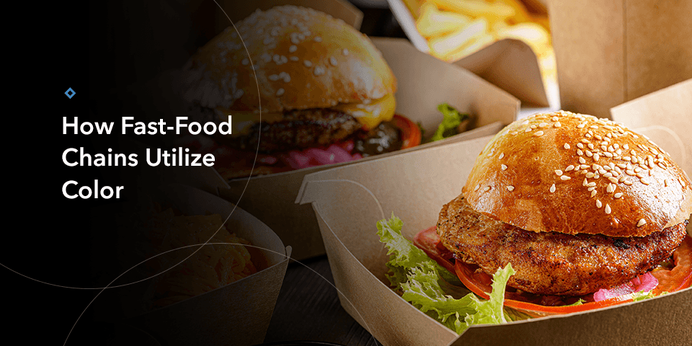
How Fast-Food Chains Utilize Color
Color plays an essential role in our sensory palette. While most people think of taste or touch when they hear the word “food,” sight and color also go a long way. Fast food advertising colors have a major impact on how people feel when they see an ad. Knowing how to use them can be the difference between leading someone to crave the juicy burger they see on their screen and making them lose their appetite.
Colors That Make You Hungry
Using color psychology at a fast-food chain can convince consumers to buy food products. However, only specific hues evoke the desired response. Some of the colors that make people feel hungry include:
- Red: This color can trigger numerous emotions, the first being passion. However, it’s also an attention grabber and stimulates the appetite. Red can make someone feel impulsive, explaining why they might suddenly decide to pop into the chain for a meal.
- Yellow: This color brings about feelings of happiness or comfort, making the customer think about grabbing a bite to eat and enjoying it at a nice location.
- Green: This color appeals more to the conscientious than the impulsive, enticing viewers who are into more natural, “earth-friendly” food.
- Pink: This color is often associated with love and calmness. Incorporating pink into a brand can inform someone that whatever they are going to consume will be relaxing and sweet. However, you have to be careful with pink, as it can also evoke some negative images. This shade might be better for a place selling ready-made pastries.


